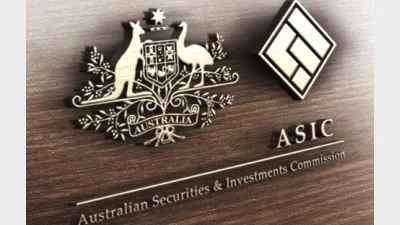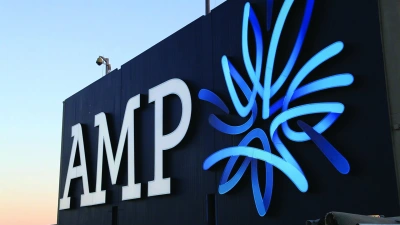Early release re-contributions to super excluded from NCC



Individuals who withdrew money from their superannuation under the early release of scheme can now re-contribute it without it counting towards their non-concessional contribution cap (NCC).
According to the Australian Taxation Office (ATO), contributions could be made between 1 July, 2021 and 30 June, 2030.
“COVID-19 re-contribution amounts are not a new type of contribution. They are a personal contribution that we will exclude from an individual’s non-concessional contribution cap.
“Individuals can make COVID-19 re-contribution amounts to any fund of their choice where the fund rules allow.”
The ATO confirmed that the money did not need to be invested in the same super fund that it was withdrawn from and multiple re-contributions could be made.
However, if they were found to be ineligble, this could mean they exceeded the NCC.
"COVID-19 re-contribution amounts are reported as personal contributions. If the member is found to be ineligible it may result in that member exceeding their non-concessional contributions cap."
Up to $20,000 per individual was able to be withdrawn under the scheme and this was the maximum that could be re-contributed.
Recommended for you
The regulator has fined two super funds for misleading sustainability and investment claims, citing ongoing efforts to curb greenwashing across the sector.
Super funds have extended their winning streak, with balanced options rising 1.3 per cent in October amid broad market optimism.
Introducing a cooling off period in the process of switching super funds or moving money out of the sector could mitigate the potential loss to fraudulent behaviour, the outgoing ASIC Chair said.
Widespread member disengagement is having a detrimental impact on retirement confidence, AMP research has found.










